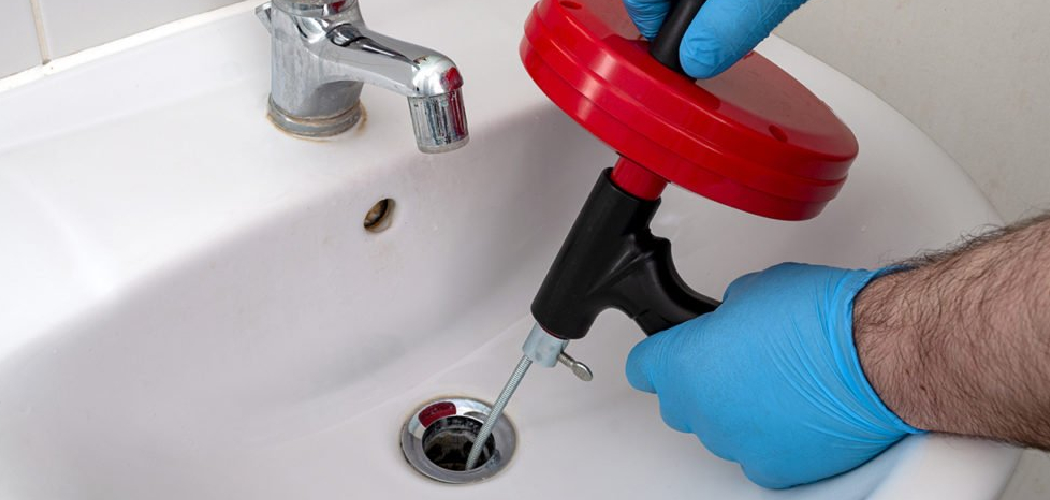A clogged sanitary sewer line can lead to significant plumbing issues, including slow drains, unpleasant odors, and potential backups in your home. Snaking a sewer line is a practical and effective method for clearing blockages and restoring proper flow. This process involves the use of a specialized tool, often referred to as a plumbing snake or auger, designed to break up or remove obstructions. Whether you are a homeowner dealing with a minor clog or a professional plumber tackling more significant issues, understanding how to snake a sanitary sewer line is an essential skill.
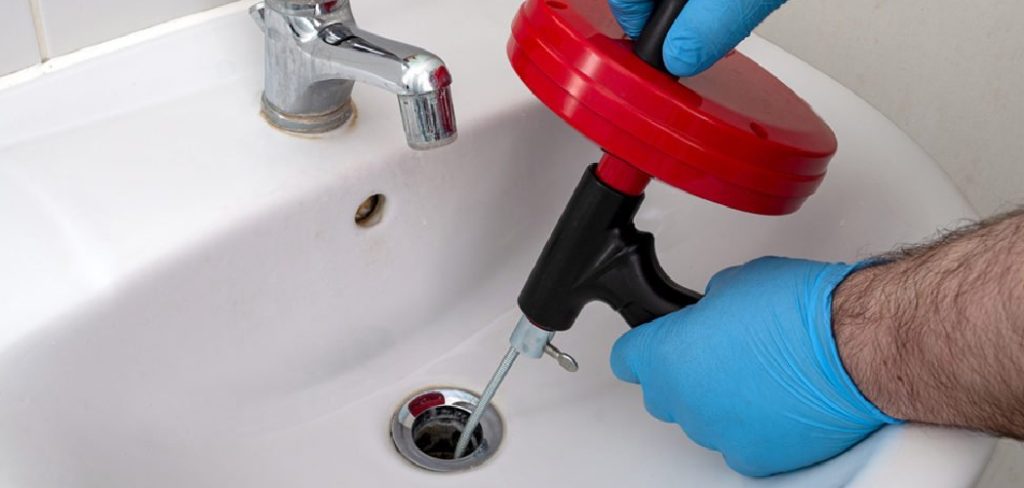
What Is a Sanitary Sewer Line?
A sanitary sewer line is a critical component of a home’s plumbing infrastructure, responsible for transporting wastewater away from the property to a central sewage system or septic tank. It is specifically designed to handle water and waste from household sources such as sinks, toilets, showers, and washing machines. Unlike stormwater systems that manage rainwater runoff, sanitary sewer lines exclusively manage sanitary waste to ensure proper disposal and treatment. Maintaining a functional and clear sanitary sewer line is essential for preventing environmental contamination and ensuring the safe and efficient operation of the plumbing system.
Safety Precautions Before You Begin
Before conducting any work on a sanitary sewer line, it is crucial to follow proper safety precautions to protect yourself and others. Always wear appropriate personal protective equipment (PPE), including gloves, safety goggles, and a mask or respirator to avoid exposure to harmful bacteria, chemicals, or fumes. Ensure the work area is well-ventilated to reduce the risk of inhaling hazardous gases, such as methane or hydrogen sulfide, which can accumulate in sewer systems. Additionally, use proper tools and equipment designed for sewer maintenance to prevent accidents or damage to the system. If you are unsure about the severity of the issue or lack the necessary experience, consider consulting a professional to ensure the task is completed safely and effectively.
10 Methods How to Snake a Sanitary Sewer Line
1. Locate the Sewer Cleanout Access Point
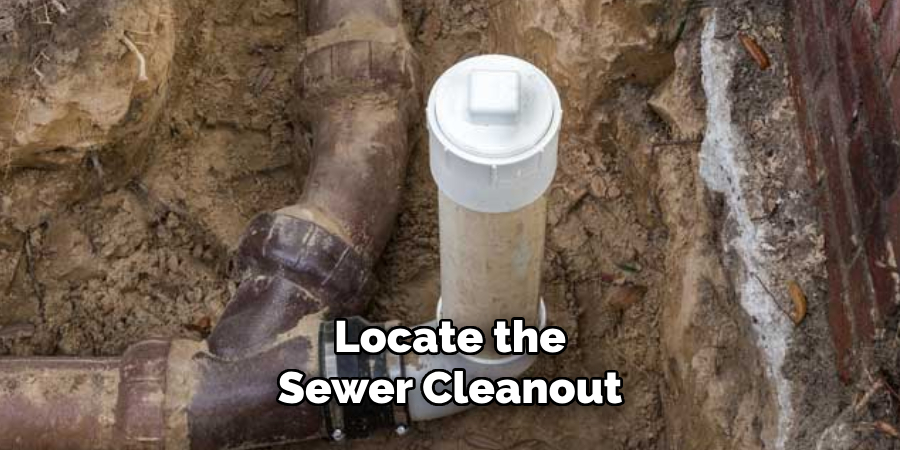
Before you begin snaking a sanitary sewer line, it is essential to locate the sewer cleanout, which provides direct access to the main drain line. This cleanout is usually found in the basement, crawl space, garage, or outside the home, often marked by a round cap labeled “cleanout” or “sewer.” Sometimes it’s located near where the line exits the house or near the foundation wall. Identifying this access point makes the snaking process significantly more manageable and less invasive than trying to clear clogs from inside fixtures. If no cleanout is available, access may need to be gained through a removed toilet or another entry point, although this is less ideal.
2. Choose the Right Type of Plumbing Snake
Not all snakes are equal, and selecting the correct type is vital. For minor blockages in household drains, a hand auger may suffice, but for a sanitary sewer line, you’ll need a heavy-duty power auger or drum auger. These snakes are designed for long-distance clogs and can reach 50 to 100 feet or more. A motorized model is usually preferred for main line work due to the force required to break through tough obstructions like tree roots or grease build-up. Rental centers often offer these machines if you don’t own one, and many come with various head attachments tailored to different clog types.
3. Wear Proper Protective Gear
Working on a sewer line exposes you to raw sewage, bacteria, and unpleasant odors. Always wear protective clothing, including waterproof gloves, safety goggles, and long sleeves. A face mask can help reduce exposure to harmful gases. Additionally, keep a supply of disinfecting wipes or spray and have a trash bag nearby for disposing of contaminated items. Maintaining hygiene throughout the process helps avoid illness and creates a cleaner working environment. Don’t underestimate the importance of these precautions—they make a messy job safer and more manageable.
4. Remove the Cleanout Cap Carefully
Once you’ve found the cleanout, unscrew the cap slowly, keeping a bucket or towels nearby in case of backed-up sewage spilling out. The release of pressure can cause a rush of water and waste if the clog is severe. Stand to the side to avoid direct contact. If the cap is stuck, use a wrench or adjustable pliers to loosen it, but be gentle to avoid damaging the threads. If water does come out, let it drain fully before inserting the snake. This step reveals whether you’re dealing with a full blockage or a partial one.
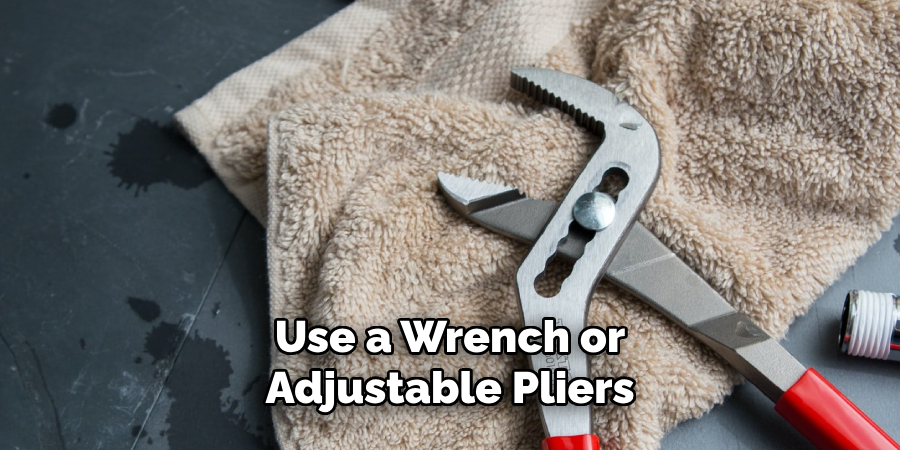
5. Insert the Snake into the Drain Line
Feed the end of the snake into the open cleanout and begin pushing it forward gently. Use slow, steady pressure and avoid forcing the cable, as this can damage the pipe or cause the snake to double back. As you progress, the snake will encounter bends and resistance. When you feel resistance, pause and assess whether it’s a turn in the pipe or a blockage. Use short back-and-forth motions to work through the pipe’s curves. Proceed slowly to prevent damage to the cable or drain system, and keep a firm grip on the machine handle or crank.
6. Power Through the Clog
Once you’ve reached a clog, switch on the power auger (or rotate the crank for manual types) to break up the obstruction. Apply gentle forward pressure while rotating, letting the machine do the work. The snake head is designed to cut, break, or pull debris from the blockage. This process may take several minutes, especially if roots or compacted debris are involved. If the cable pushes through, retract slightly and repeat the motion to ensure the obstruction is fully cleared. Continue running the auger to ensure the line is open as far as possible.
7. Flush the Line with Water
After clearing the clog, it’s crucial to flush the line to move loosened debris through the system and confirm the blockage is gone. Turn on a garden hose or run water from a nearby faucet while slowly retracting the snake. This helps wash out any remaining particles and ensures your sewer system flows smoothly. Observe whether the water flows freely; gurgling or slow drainage may indicate that further snaking is necessary. Flushing also helps clean the cable and prevents residue build-up that could cause operational issues later.
8. Clean and Disinfect Your Equipment
Once the snaking is complete and the water drains properly, it’s time to clean up. Carefully pull the snake cable back into the drum while wiping it with a disinfectant-soaked rag. This prevents sewer bacteria from spreading during storage. Wash your gloves and disinfect all equipment, including the cleanout area. If your auger is rented, clean it thoroughly before returning. Maintenance not only keeps tools hygienic but extends their life and functionality. Safe storage is key—keep all equipment dry and away from children or pets.
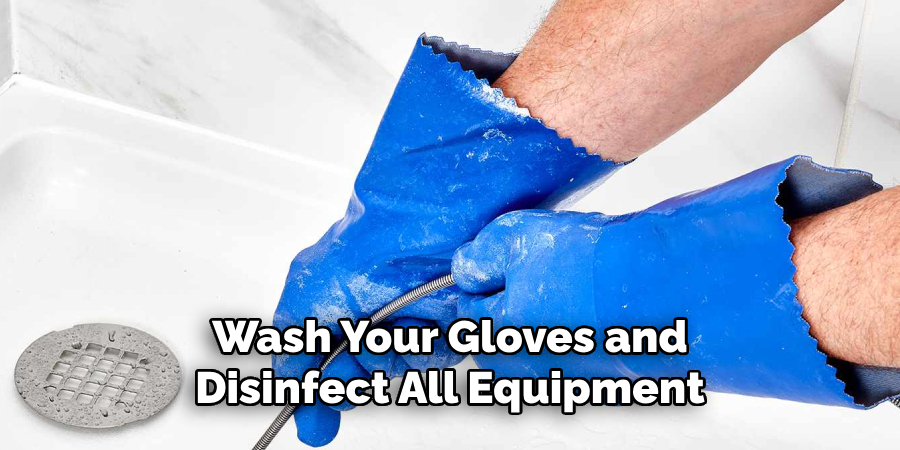
9. Seal the Cleanout and Check for Recurrence
Replace the cleanout cap tightly using your hand or a wrench. Ensure the threads are clean so the cap seals properly and prevents sewer gases from leaking. After cleanup, monitor the drainage in your home for a few days. If you notice recurring slow drains, backups, or odors, it may indicate a more serious issue like collapsed pipes or extensive root intrusion that a snake can’t resolve. In such cases, a professional inspection with a sewer camera is highly recommended. Ongoing vigilance ensures the problem is truly solved and doesn’t escalate.
10. Prevent Future Clogs with Regular Maintenance
To reduce the chances of future blockages, implement preventive maintenance practices. Avoid flushing non-degradable items like wipes, feminine hygiene products, and grease. Install drain screens to catch hair and debris. For homes with root-prone lines, consider using root-killing treatments annually or having a plumber inspect with a camera. You may also schedule periodic professional snaking if your system has a history of clogging. Regular maintenance keeps your sewer line clear and functional, saving you from costly emergency repairs and helping to extend the life of your plumbing system.
Things to Consider When Protecting Your Plumbing System
Know What Not to Flush
Avoid flushing anything aside from toilet paper and human waste. Items like paper towels, diapers, and wipes—even those labeled “flushable”—can lead to clogs and damage your plumbing.
Be Mindful of Grease Disposal
Grease and cooking oils can solidify and create blockages in your pipes. Instead of pouring them down the drain, collect them in a container and dispose of them in the trash.
Invest in Quality Fixtures
High-quality faucets, showerheads, and toilets are less prone to leaks and wear. Investing in durable fixtures can save money in the long run and reduce your water usage.
Regular Inspections and Maintenance
Schedule regular plumbing check-ups to identify potential issues before they become costly problems. Professional inspections can help detect leaks, root intrusions, or pipe damage early on.
Understand Your Water Quality
Hard water can lead to mineral buildup in pipes and appliances. Consider installing a water softener if you notice signs of scaling, such as white residue on fixtures or reduced water flow.
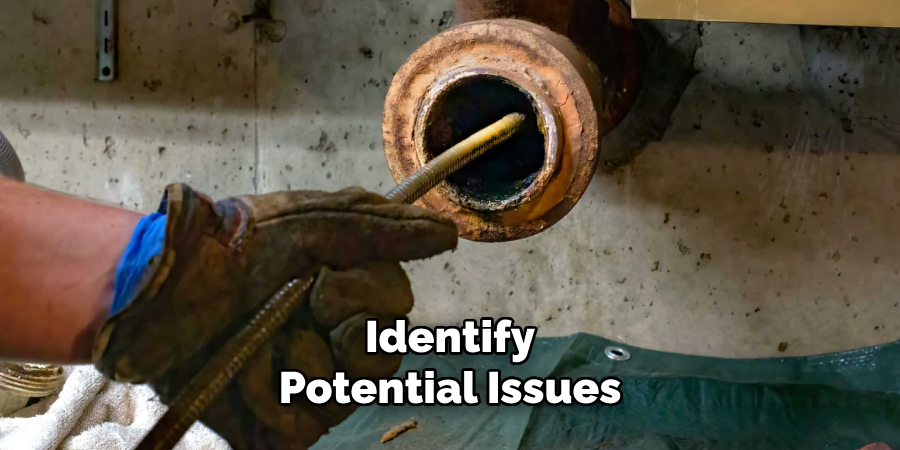
By keeping these factors in mind, you can better protect your plumbing system from avoidable issues while ensuring its longevity and efficiency.
Conclusion
Maintaining your plumbing system is essential for the efficiency and longevity of your home’s water supply and drainage. By regularly inspecting your system, understanding your water quality, and addressing problems early, you can avoid expensive repairs and keep everything running smoothly. A proactive approach not only saves money but also ensures a reliable and safe plumbing system for years to come. Thanks for reading our blog post on how to snake a sanitary sewer line! We hope you found it helpful and informative.

